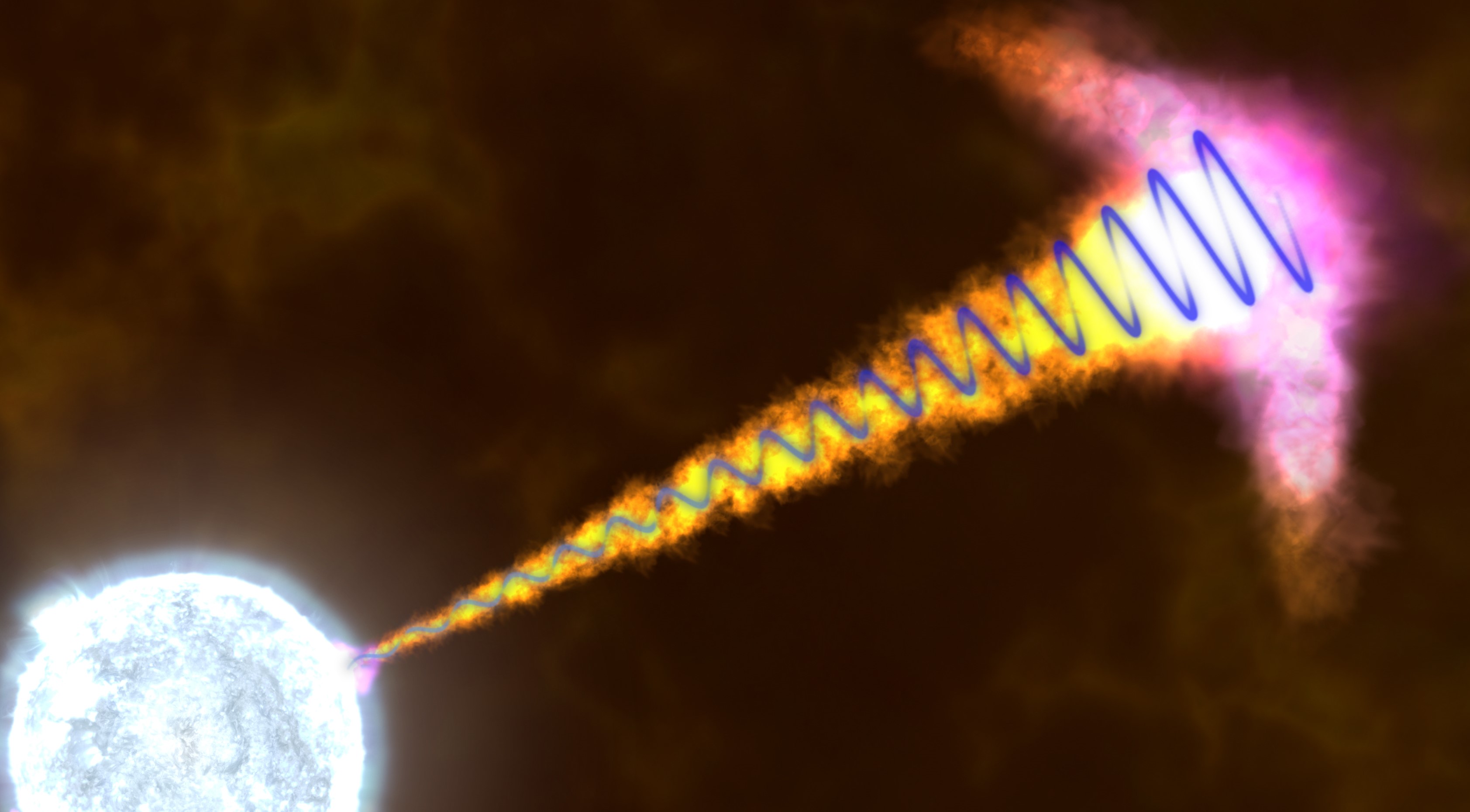
Gamma-ray bursts (GRBs) are one of the most powerful and enigmatic phenomena in the universe. These bursts of extremely high-energy radiation can occur as a result of some of the most cataclysmic events in space, such as the collapse of massive stars or the merger of neutron stars. While the explosive nature of GRBs has been extensively studied, the central engine that powers these extraordinary events still holds many mysteries.
In this article, we will dive into the fascinating world of GRB central engines and explore eight intriguing facts about them. From the formation and composition of the engine to the energy release mechanisms and their importance in our understanding of the cosmos, we will unravel the secrets behind these astrophysical powerhouses.
Key Takeaways:
- Gamma-ray burst central engines are the universe’s most powerful explosions, forming from collapsing stars and creating relativistic jets. They trigger supernovae and help form heavy elements, offering insights into the early universe.
- These enigmatic engines pose detection challenges but provide valuable information about the early universe. Their bursts of energy play a crucial role in shaping the universe’s composition and structure, captivating the curiosity of scientists and astronomers.
The Most Energetic Explosions in the Universe
The Gamma-Ray Burst Central Engine is responsible for producing the most energetic explosions known in the universe. These bursts release a tremendous amount of energy in the form of gamma rays, making them one of the most fascinating and powerful phenomena in astrophysics.
Origins in Collapsing Stars
Gamma-ray bursts are believed to originate from the collapse of massive stars called supernovae. When a massive star reaches the end of its life and exhausts its nuclear fuel, it undergoes a catastrophic collapse, resulting in the formation of a black hole or a neutron star.
Formation of Relativistic Jets
One of the intriguing aspects of gamma-ray burst central engines is the formation of relativistic jets. These jets are ultra-high-speed streams of particles that are ejected at velocities close to the speed of light. They shoot out in opposite directions from the collapsed star and emit intense bursts of gamma-ray energy.
Short and Long Duration Bursts
Gamma-ray bursts can be classified into two main types: short and long duration bursts. Short-duration bursts typically last only a few milliseconds to a few seconds, while long-duration bursts can persist for several minutes or even longer.
Triggering of Supernovae
In some cases, gamma-ray bursts can trigger supernovae. As the central engine collapses, it releases a burst of gamma rays that can interact with the surrounding material and induce a supernova explosion. This phenomenon provides valuable insights into the intricate relationship between gamma-ray bursts and supernovae.
Formation of Heavy Elements
The intense energy released by gamma-ray bursts central engine plays a crucial role in the formation of heavy elements such as gold, platinum, and uranium. These elements are synthesised in the extreme conditions created by the burst, contributing to the enrichment of the universe’s elemental composition.
Detection Challenges
Studying gamma-ray bursts poses significant detection challenges due to their short duration and unpredictable nature. Detecting and capturing these elusive bursts require specialized instruments like space-based telescopes and sophisticated data analysis techniques.
Insights Into the Early Universe
Gamma-ray burst central engines offer a unique opportunity to study the early universe. As the bursts travel across vast cosmic distances, their light carries valuable information about the composition and structure of the early universe, providing insights into its evolution and formation.
With their incredible power and enigmatic nature, gamma-ray burst central engines continue to captivate the curiosity of scientists and astronomers. The 8 intriguing facts about gamma-ray burst central engine mentioned above highlight their significance in understanding the fundamental processes shaping our universe.
Conclusion
In conclusion, the central engine of a gamma-ray burst is a fascinating and complex phenomenon. We have explored some intriguing facts about these powerful cosmic events, shedding light on the incredible forces and processes involved.From the formation of black holes and the acceleration of particles to the generation of ultra-relativistic jets and the production of gamma-ray bursts, the central engine is the heart of these astrophysical fireworks. It is a testament to the immense energies and extreme conditions present in our universe.Understanding gamma-ray burst central engines is not only important for astronomers and astrophysicists, but also for unraveling the mysteries of our universe. Further research and advancements in technology will continue to shed light on these captivating events, bringing us closer to comprehending the secrets of the cosmos.
FAQs
1. What is a gamma-ray burst central engine?
The central engine of a gamma-ray burst refers to the source or origin of the burst, where tremendously powerful processes occur to produce a burst of gamma rays.
2. What powers the central engine of a gamma-ray burst?
The central engine is powered by the immense energy released during the formation or collapse of a massive star, or through the merger of two compact objects like neutron stars or black holes.
3. How does the central engine generate gamma rays?
The exact mechanisms are not yet fully understood, but it is believed that the central engine generates gamma rays through processes such as the acceleration of particles and the production of ultra-relativistic jets.
4. Why are gamma-ray bursts so powerful?
Gamma-ray bursts are incredibly powerful because they release vast amounts of energy in short periods of time. The central engine is capable of generating beams of radiation that can be seen across the cosmos, even from extremely distant galaxies.
5. Can we observe the central engine directly?
Currently, we cannot directly observe the central engine of a gamma-ray burst. However, scientists can study the afterglow of the burst, which provides valuable information about the processes occurring in the central engine.
6. Are all gamma-ray bursts associated with a central engine?
While the majority of gamma-ray bursts are believed to be associated with a central engine, there is ongoing research to determine if there are other types of gamma-ray bursts that originate from different sources or mechanisms.
7. How do scientists study gamma-ray burst central engines?
Scientists study gamma-ray burst central engines through a combination of observational data, theoretical models, computer simulations, and collaborations between different scientific disciplines.
8. What implications do gamma-ray burst central engines have for our understanding of the universe?
Studying gamma-ray burst central engines can provide insights into various astrophysical phenomena, including the formation and evolution of black holes, the nature of particle acceleration, and the mechanisms behind the production of high-energy radiation in extreme environments.
Gamma-ray bursts aren't universe's only cosmic marvels. Dive deeper into black holes, where gravity's power reigns supreme. Explore neutron stars, matter's last stand before collapsing eternally. Unravel magnetars' magnetic mysteries, nature's strongest magnets. Each phenomenon pushes physics' boundaries, reshaping our cosmic understanding.
Was this page helpful?
Our commitment to delivering trustworthy and engaging content is at the heart of what we do. Each fact on our site is contributed by real users like you, bringing a wealth of diverse insights and information. To ensure the highest standards of accuracy and reliability, our dedicated editors meticulously review each submission. This process guarantees that the facts we share are not only fascinating but also credible. Trust in our commitment to quality and authenticity as you explore and learn with us.


